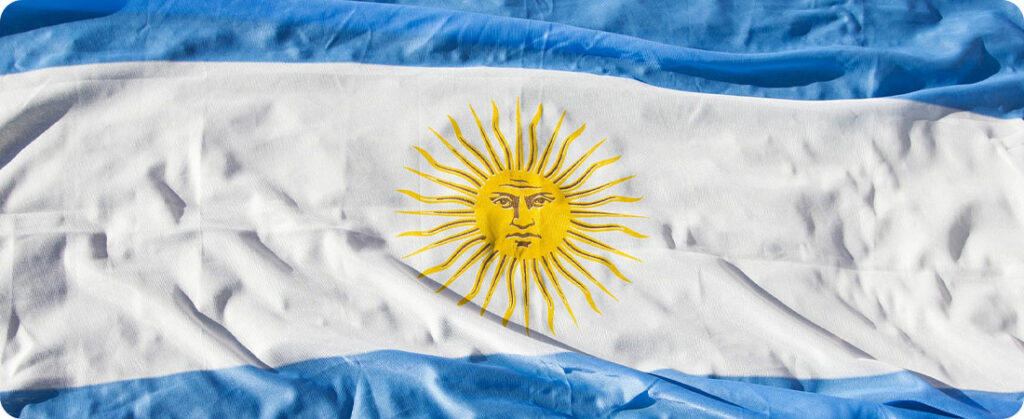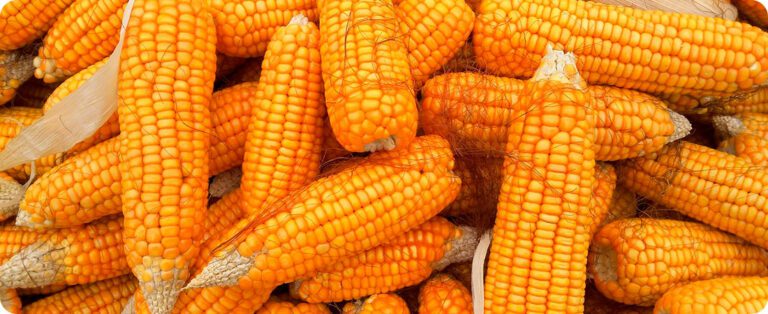
This week, Argentina faced an extreme climate, with significant implications for crops. According to the weekly bulletin from the National Institute of Agricultural Technology (INTA), maximum temperatures exceeded 35°C in several regions, including Cuyo, the north and center of the Pampeana region, and the north of the country. Five provinces stood out where thermometers reached marks above 40°C, with Santiago del Estero recording the country's peak heat at 42.5°C.
In addition to the intense heat, the scenario was marked by significant rain in the center-north and west of the country, with accumulations of up to 257 mm.
Even so, the low rainfall and irregularity of rainfall in the producing regions at the end of January, together with high temperatures, reduced soil water reserves. Although the condition of crops is generally good, symptoms of water stress are already visible in some crops and in some areas.
Condition of crops:
Corn: Mainly between flowering and filling of grains, is located in the province of Buenos Aires. In Córdoba, Entre Ríos, La Pampa and Santa Fé, the varieties planted early have already started to fill the grain. Late varieties are between vegetative growth and flowering.
Soy: The main harvest occurs mainly between flowering and filling grains. The second crop is mostly in vegetative growth, with areas north of the sown area between flowering and grain filling.
Sunflower: A culture It is between flowering and grain filling in most of the planted area. Mature plots can already be seen in the northern areas (Santa Fé, Chaco, Santiago del Estero). The harvest advances by at least 30% in the monitored regions (delay of -69.7% in relation to the previous harvest).
Source: Gabriel Rodrigues | agrolink















